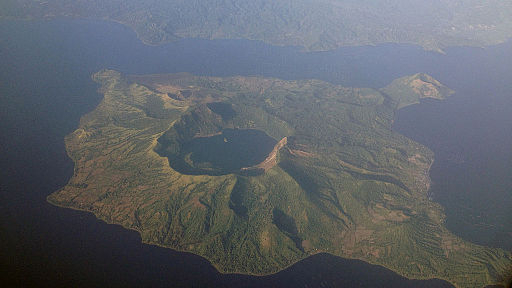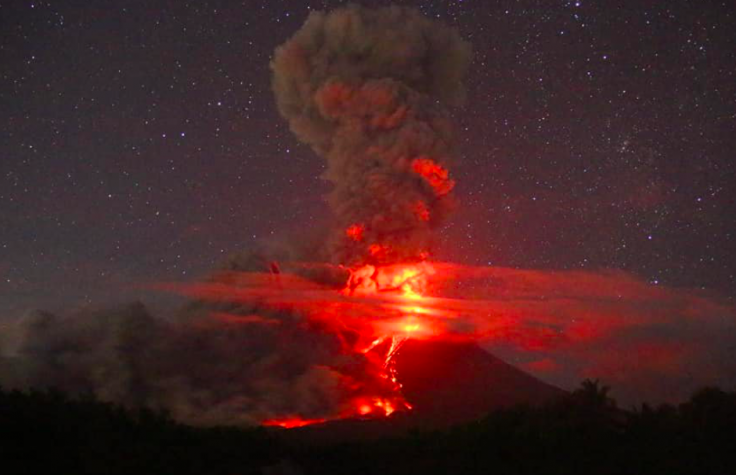A scientist from the Philippines explained why portions of a major river near the country's Taal volcano has suddenly dried up and disappeared this week. The scientist noted that this could be a clear indication that the volcano is preparing to erupt violently.
Following last Sunday's eruption, local agencies are still monitoring the activities of the Taal volcano, which is located in a province known as Batangas. Experts believe that the ongoing volcanic activity in the region could result in a powerful eruption.

Taal and the Pansipit River
On Wednesday, residents living in areas near the volcano reported that portions of a major river system known as Pansipit River have suddenly dried up. This river is over five miles long and goes through various towns in Batangas. It also serves as the only drainage outlet of the Taal Lake, a large body of freshwater that fills the caldera of the volcano.
According to Dr Winchell Sevilla, a volcanologist and supervising science research specialist for the Philippine Institute of Volcanology and Seismology (PHIVOLCS), the current state of the Pansipit River is directly related to Taal volcano's activities.
Why The River Is Disappearing

He explained that due to the accumulation of magma beneath the surface, the ground surrounding the volcano has started to swell. Since the ground has been lifted up, this may have caused the water from the river to flow to lower areas not yet affected by the swelling.
"Since the natural flow of water in the river is that it goes to the lower areas, a portion of the Pansipit River dried up possibly because of the swelling or bulging of the ground in the area," Sevilla told the Manila Bulletin.
Another possible explanation regarding the disappearance of water from the river is it may have been absorbed by the fissures or volcanic events that appeared after Taal's initial explosion. According to the volcanologist, the drying up of parts of Pansipit River is a clear indication that the Taal volcano is not yet stable and that the areas around it are still dangerous to visit. If the volcanic activities continue, these could lead to a powerful eruption that could affect a large part of the Philippines.









